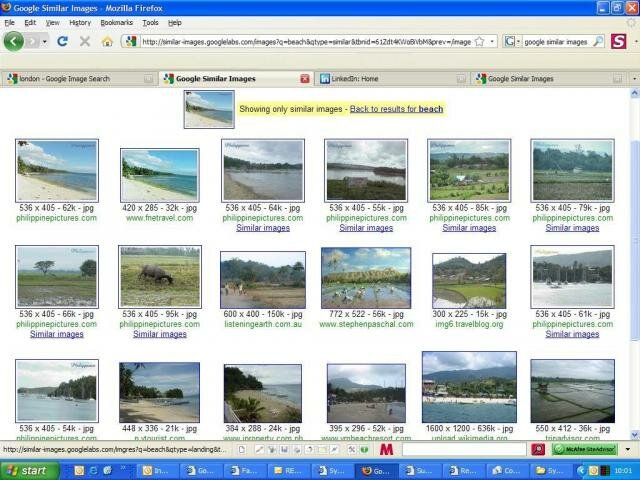Need to Create Good Work Fast? Simple - Get a New Computer
Submitted by Anonymous (not verified) on Tue, 08/25/2009 - 6:15amI have a problem. I have six pieces of work to write in a couple of weeks and I'm under pressure. I need the work to be spot on, of the highest quality and created in the shortest space of time.
The answer to my problem? Buy a new computer.
Does this sound strange to you? Can you see how improved output comes from a new computer?
I was sceptical, but the Sales guy said a new computer was the answer. I asked him to explain and he told me how the time I was wasting messing with my old computer was at the heart of my problem. All those lost minutes fixing crashes, worrying about blue screens, battling with slow performance, scanning for adware, spyware and worse. Forget all that was the message I was getting, move to the promised land of a newer, faster computer and your problems are solved. After a bit more chat I was sold. My new computer would save me time and that extra time would be spent devoted to my key tasks, which in turn would lead to better quality work and faster work at that. Saving time was even money in the bank for me to set against the cost of the computer - so it wasn't even as expensive as I'd thought.
At this point I excused myself, had a coffee, and thought it through one more time. Did it make sense that a new computer was my solution? The light quickly dawned, of course it didn't. A new computer wasn't the solution and time saving was not my key issue. How did the Sales guy know that time saved would be time I'd actually spend on my document tasks? How did he know the processes and tasks I'd been performing with my current computer were not valuable experiences - not to be lightly ignored. Why did he make no attempt to understand me and my circumstances and simply sell me the one size fits all Sales line that so many people still hear today?
I soon realised than I'm better off assessing my goals and objectives. What is it I need to do? For whom? Why? And when? Then I need to ensure I'm prepared and enabled to achieve them. Is my broadband connection operating? Is it fast enough? Is the right software up and running? Can I access the libraries I need?
I would also benefit from improving my time planning and management skills. I need to focus on my key tasks. What is it I need to do? What problems am I having here? I also should not forget my deliverables. What do I need to produce and how do I get there?
All these areas, when addressed in the right way, will enable my tasks and improve my outcomes. Granted, this is a little harder to sell than a new computer equals better work and a wonderful life, but surely I'm worth that extra effort and it's certainly what I need to hear.
Many of us encounter this scenario frequently. How many times have you watched a Sales presentation built around saving time? Usually a calculator is involved and sometimes members of the audience are asked to volunteer key pieces of information - "How much time do you spend searching for information in a day?", "What's your hourly rate?", "How hard do you find tracking down the information you need?" "Could you be more productive if you saved some of this time?" Very often 'time saved' is then calculated and that 'time saved' directly equated to business advantage. Very often there is little or no thought put into the needs or objectives of individual businesses or any injection of common sense into the Sales pitch.
A Dow Jones information assessment looks for the real issues and pain points our clients experience, and works with them to solve their problems and enable improved outcomes. If you have an information management issue you need assistance with, speak to us and let us work with you to get to the heart of your needs. You never know you might even save enough money to afford that new computer you've always wanted!





 My last attempt, before morning coffee called, was an image of a country road. I was hoping that the clear roadway might produce a pretty precise results set. However, I was a little disappointed by what I saw.
My last attempt, before morning coffee called, was an image of a country road. I was hoping that the clear roadway might produce a pretty precise results set. However, I was a little disappointed by what I saw.